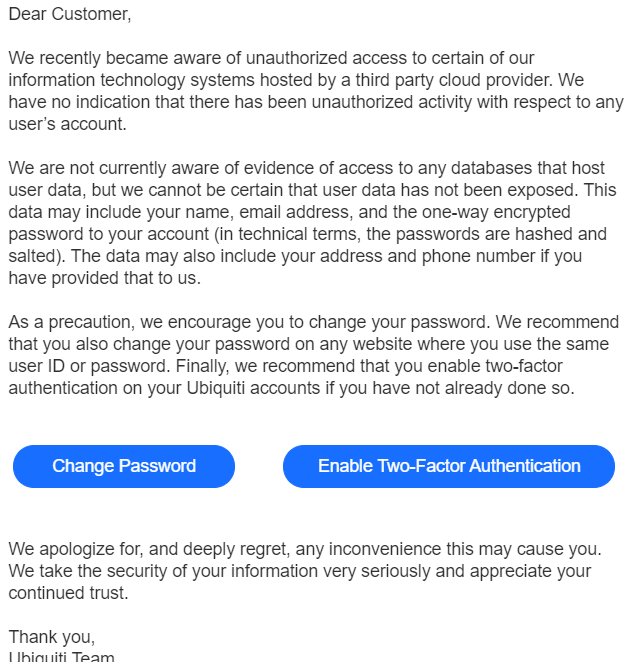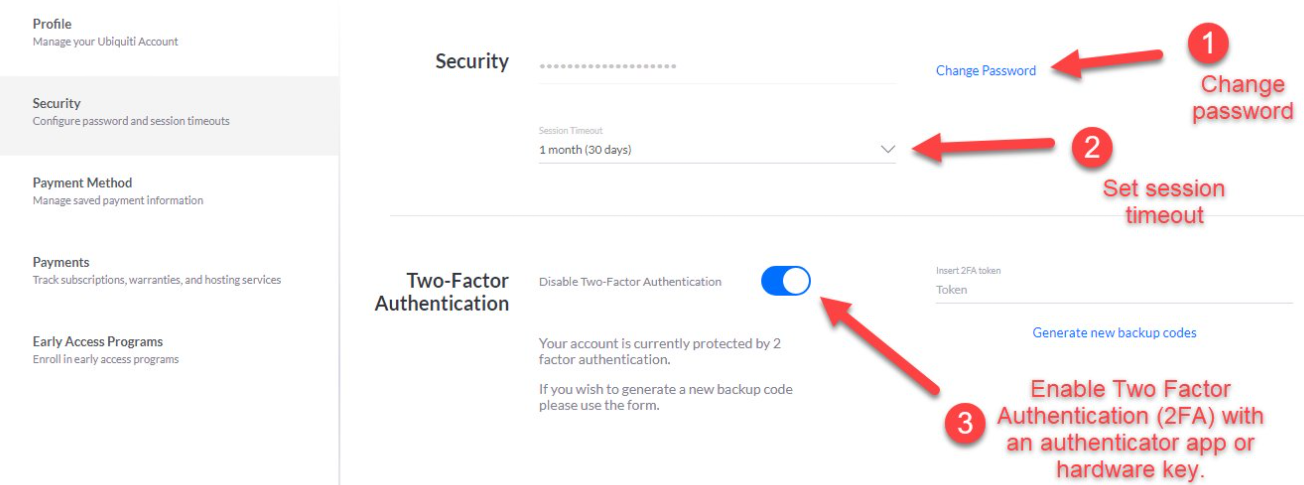Microsoft Patch Tuesday, January 2021 Edition
Microsoft today released updates to plug more than 80 security holes in its Windows operating systems and other software, including one that is actively being exploited and another which was disclosed prior to today. Ten of the flaws earned Microsoft’s most-dire “critical” rating, meaning they could be exploited by malware or miscreants to seize remote control over unpatched systems with little or no interaction from Windows users.

Most concerning of this month’s batch is probably a critical bug (CVE-2021-1647) in Microsoft’s default anti-malware suite — Windows Defender — that is seeing active exploitation. Microsoft recently stopped providing a great deal of detail in their vulnerability advisories, so it’s not entirely clear how this is being exploited.
But Kevin Breen, director of research at Immersive Labs, says depending on the vector the flaw could be trivial to exploit.
“It could be as simple as sending a file,” he said. “The user doesn’t need to interact with anything, as Defender will access it as soon as it is placed on the system.”
Fortunately, this bug is probably already patched by Microsoft on end-user systems, as the company continuously updates Defender outside of the normal monthly patch cycle.
Breen called attention to another critical vulnerability this month — CVE-2020-1660 — which is a remote code execution flaw in nearly every version of Windows that earned a CVSS score of 8.8 (10 is the most dangerous).
“They classify this vulnerability as ‘low’ in complexity, meaning an attack could be easy to reproduce,” Breen said. “However, they also note that it’s ‘less likely’ to be exploited, which seems counterintuitive. Without full context of this vulnerability, we have to rely on Microsoft to make the decision for us.”
CVE-2020-1660 is actually just one of five bugs in a core Microsoft service called Remote Procedure Call (RPC), which is responsible for a lot of heavy lifting in Windows. Some of the more memorable computer worms of the last decade spread automatically by exploiting RPC vulnerabilities.
Allan Liska, senior security architect at Recorded Future, said while it is concerning that so many vulnerabilities around the same component were released simultaneously, two previous vulnerabilities in RPC — CVE-2019-1409 and CVE-2018-8514 — were not widely exploited.
The remaining 70 or so flaws patched this month earned Microsoft’s less-dire “important” ratings, which is not to say they’re much less of a security concern. Case in point: CVE-2021-1709, which is an “elevation of privilege” flaw in Windows 8 through 10 and Windows Server 2008 through 2019.
“Unfortunately, this type of vulnerability is often quickly exploited by attackers,” Liska said. “For example, CVE-2019-1458 was announced on December 10th of 2019, and by December 19th an attacker was seen selling an exploit for the vulnerability on underground markets. So, while CVE-2021-1709 is only rated as [an information exposure flaw] by Microsoft it should be prioritized for patching.”
Trend Micro’s ZDI Initiative pointed out another flaw marked “important” — CVE-2021-1648, an elevation of privilege bug in Windows 8, 10 and some Windows Server 2012 and 2019 that was publicly disclosed by ZDI prior to today.
“It was also discovered by Google likely because this patch corrects a bug introduced by a previous patch,” ZDI’s Dustin Childs said. “The previous CVE was being exploited in the wild, so it’s within reason to think this CVE will be actively exploited as well.”
Separately, Adobe released security updates to tackle at least eight vulnerabilities across a range of products, including Adobe Photoshop and Illustrator. There are no Flash Player updates because Adobe retired the browser plugin in December (hallelujah!), and Microsoft’s update cycle from last month removed the program from Microsoft’s browsers.
Windows 10 users should be aware that the operating system will download updates and install them all at once on its own schedule, closing out active programs and rebooting the system. If you wish to ensure Windows has been set to pause updating so you have ample opportunity to back up your files and/or system, see this guide.
Please back up your system before applying any of these updates. Windows 10 even has some built-in tools to help you do that, either on a per-file/folder basis or by making a complete and bootable copy of your hard drive all at once. You never know when a patch roll-up will bork your system or possibly damage important files. For those seeking more flexible and full-featured backup options (including incremental backups), Acronis and Macrium are two that I’ve used previously and are worth a look.
That said, there don’t appear to be any major issues cropping up yet with this month’s update batch. But before you apply updates consider paying a visit to AskWoody.com, which usually has the skinny on any reports about problematic patches.
As always, if you experience glitches or issues installing any of these patches this month, please consider leaving a comment about it below; there’s a better-than-even chance other readers have experienced the same and may chime in here with some helpful tips.



















 Like so many Q drops, Queequeg’s tattoos tell a mysterious tale, but we never quite learn what that full story is. Indeed, the artist who etched them into Queequeg’s body is long dead, and the cannibal himself can’t seem to explain what it all means.
Like so many Q drops, Queequeg’s tattoos tell a mysterious tale, but we never quite learn what that full story is. Indeed, the artist who etched them into Queequeg’s body is long dead, and the cannibal himself can’t seem to explain what it all means.

